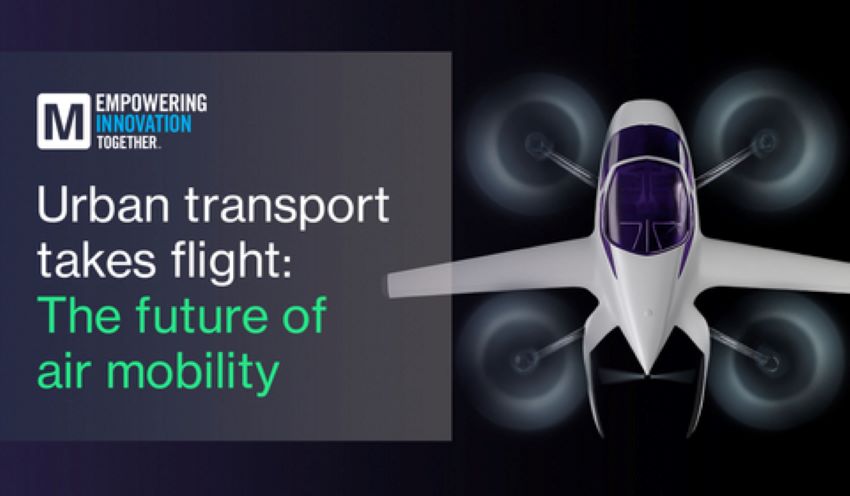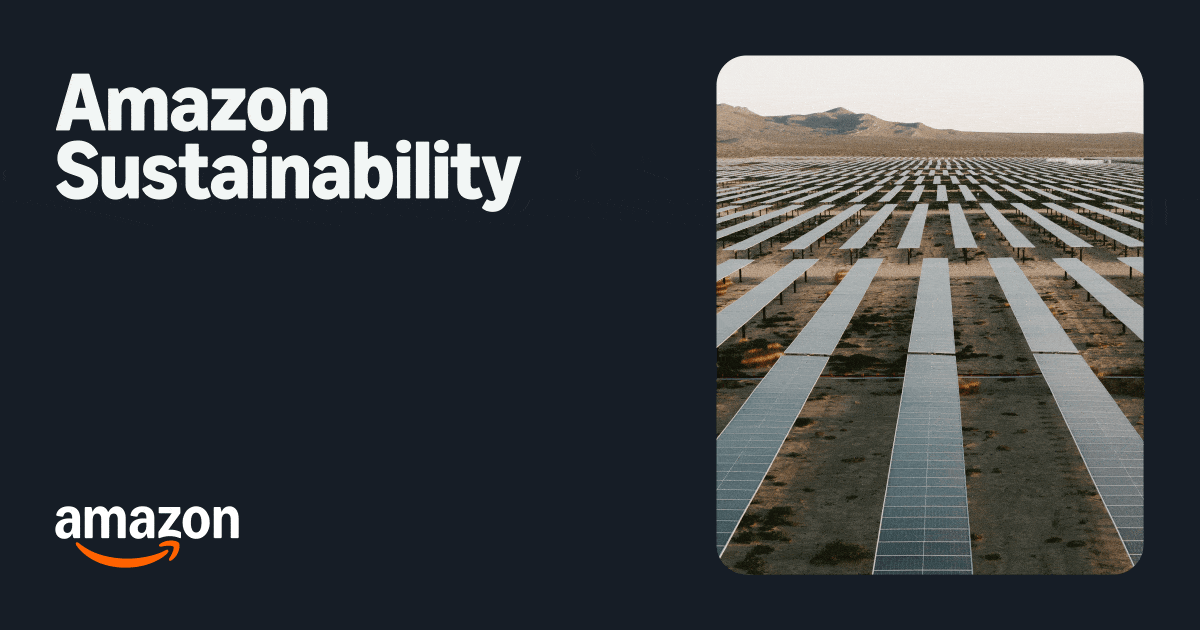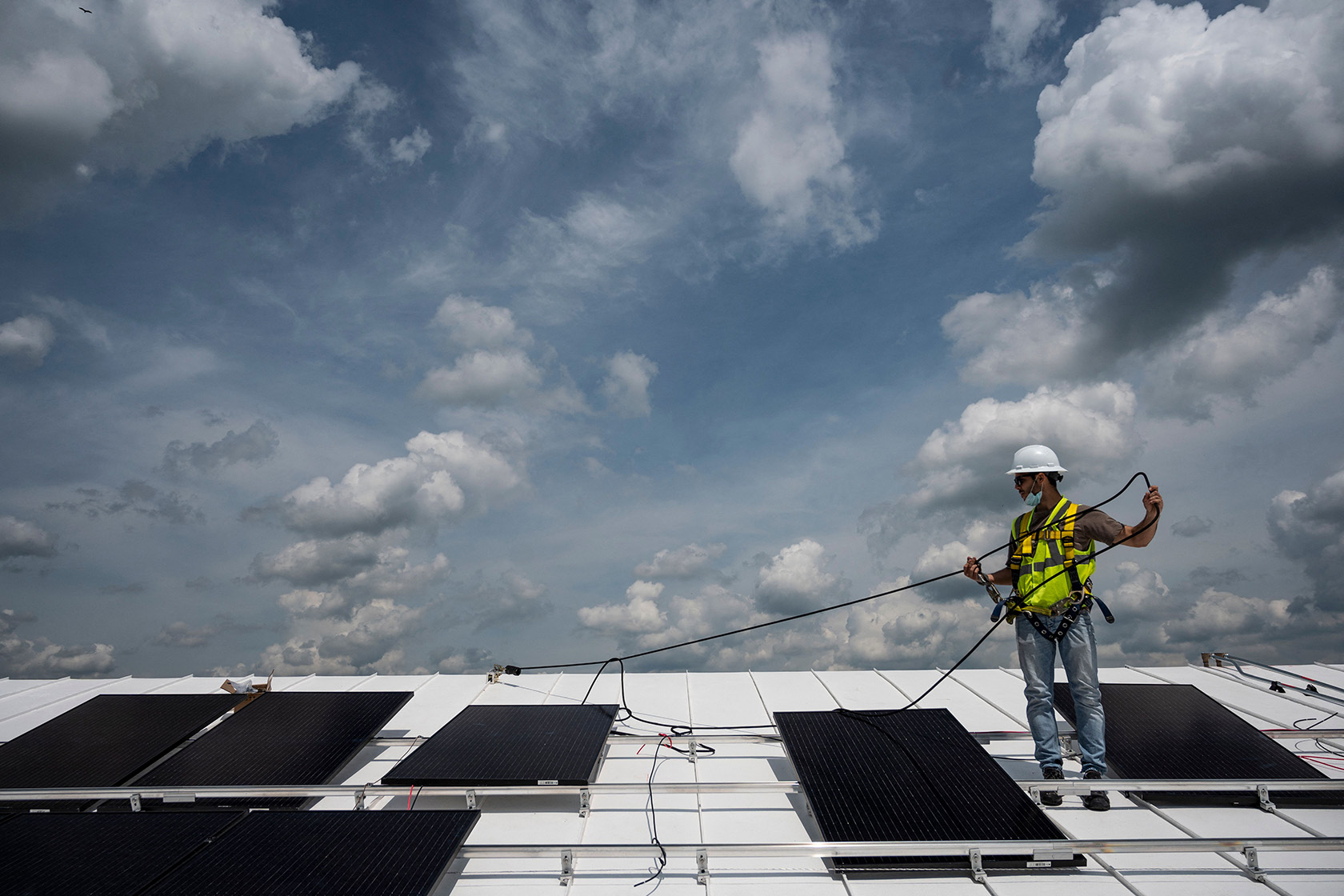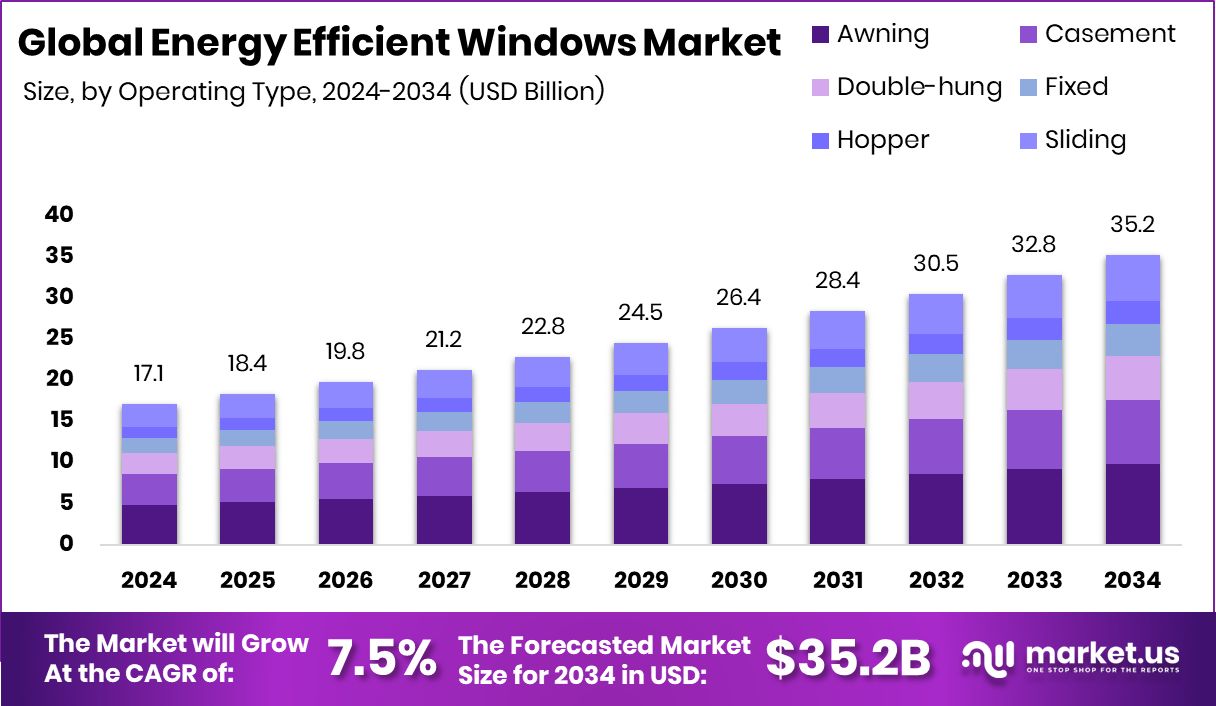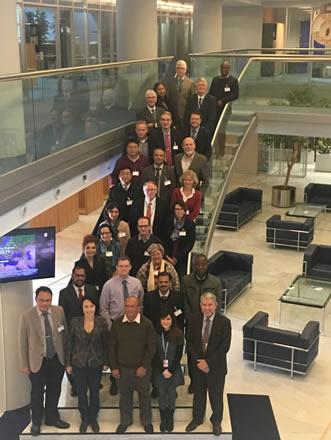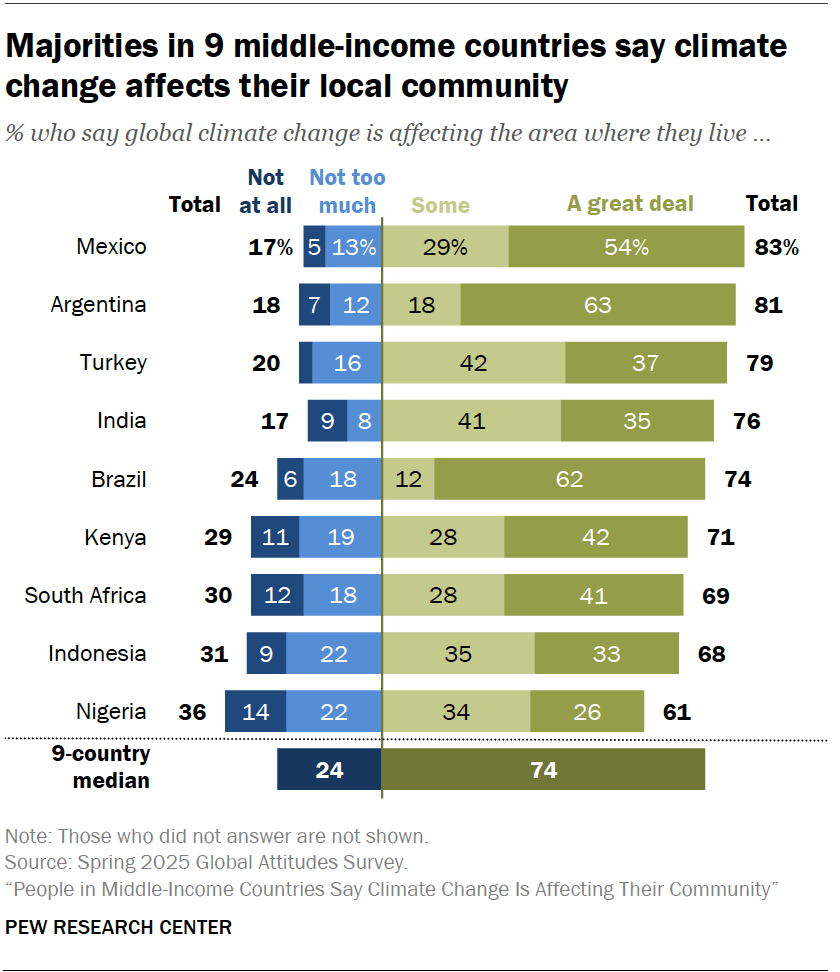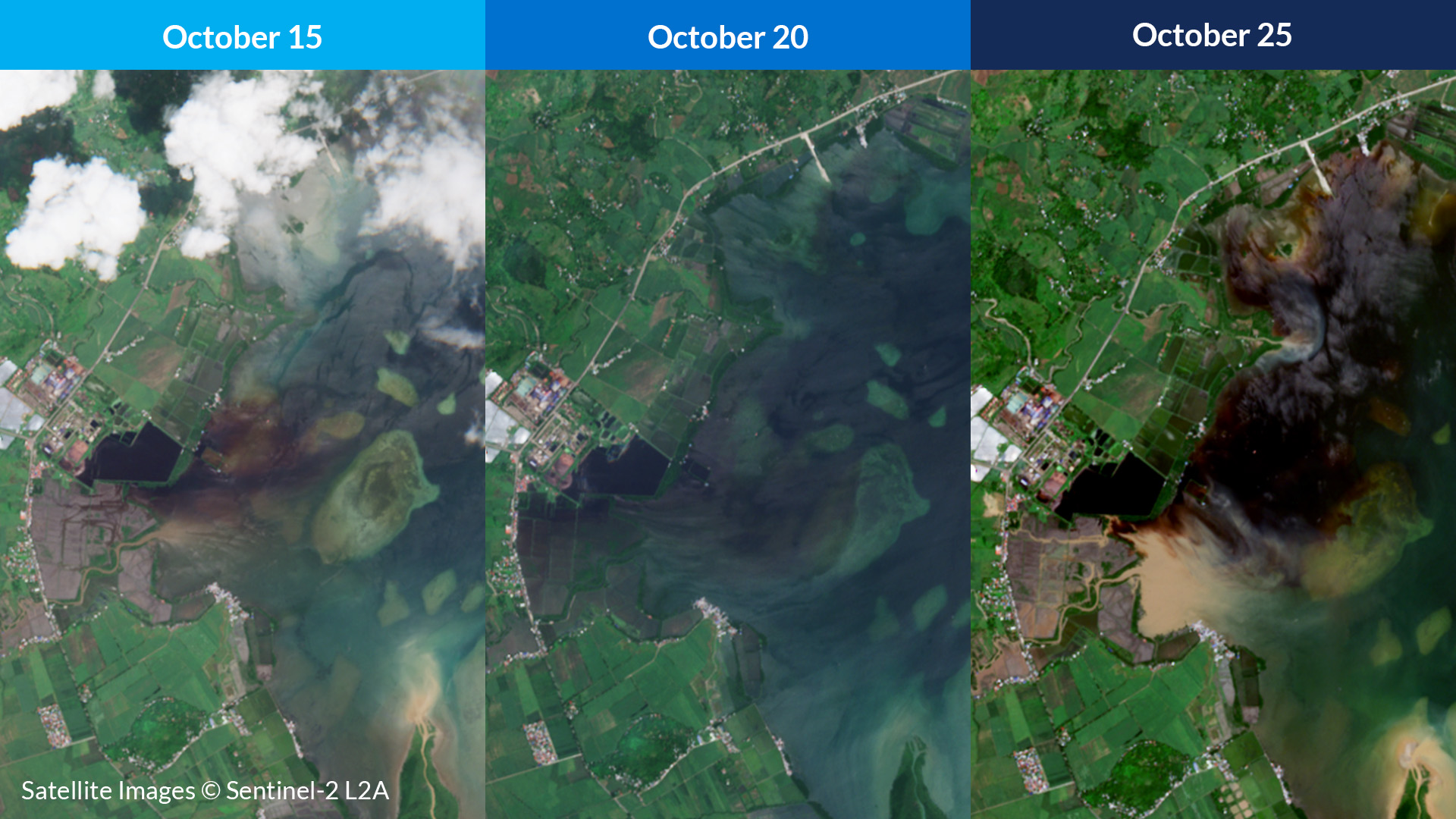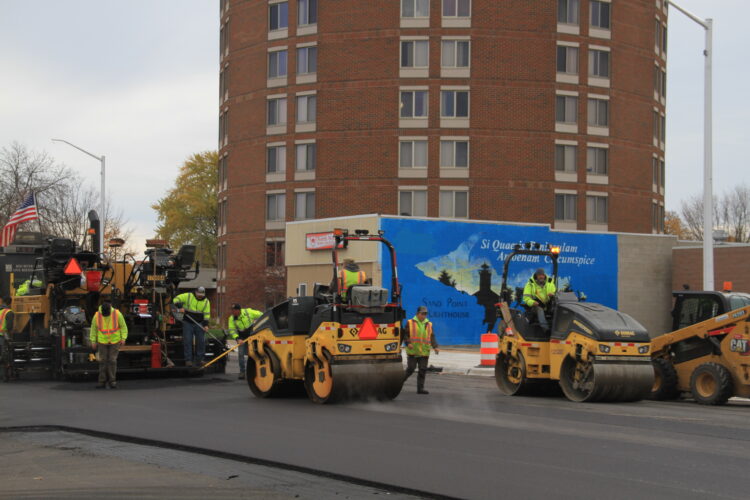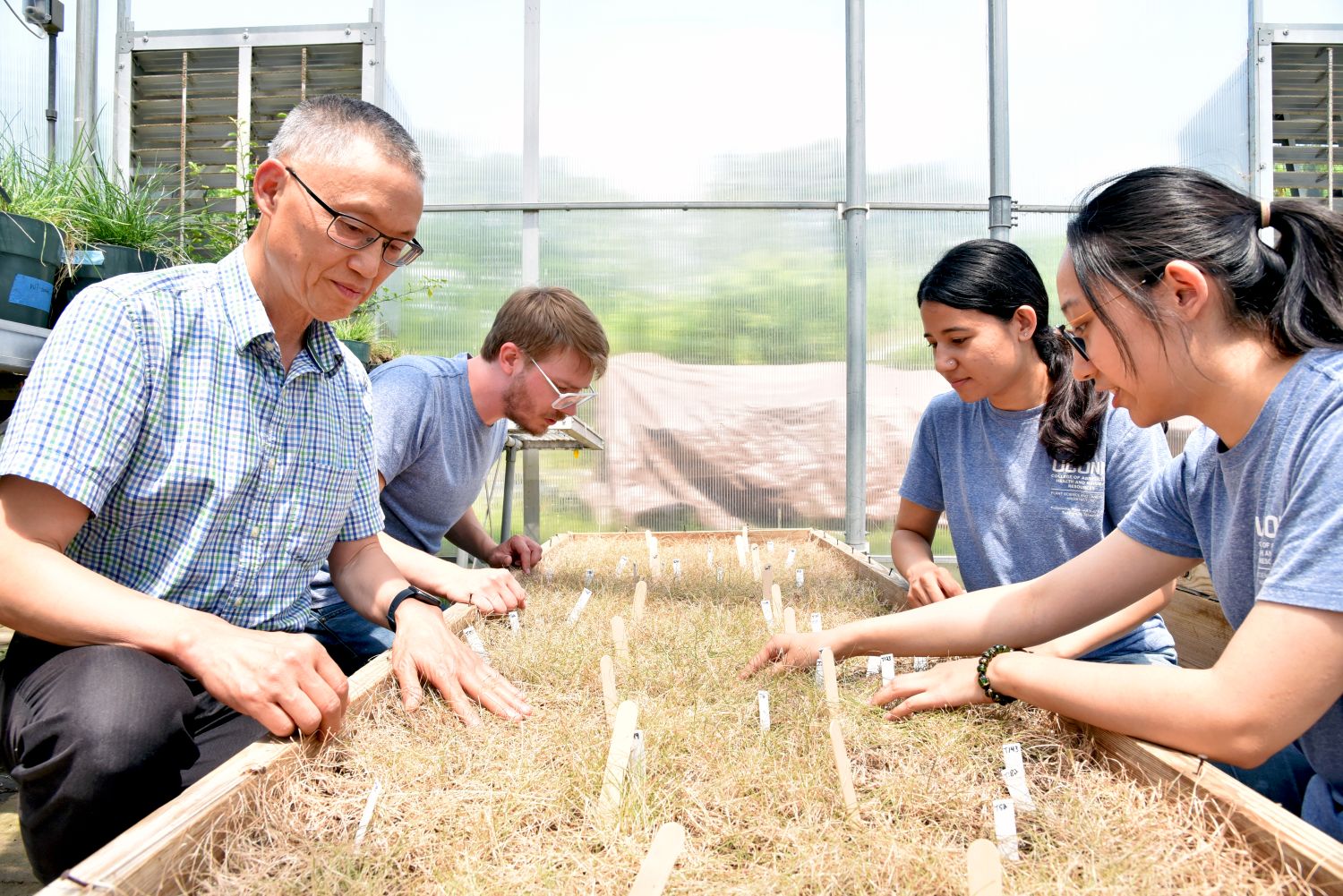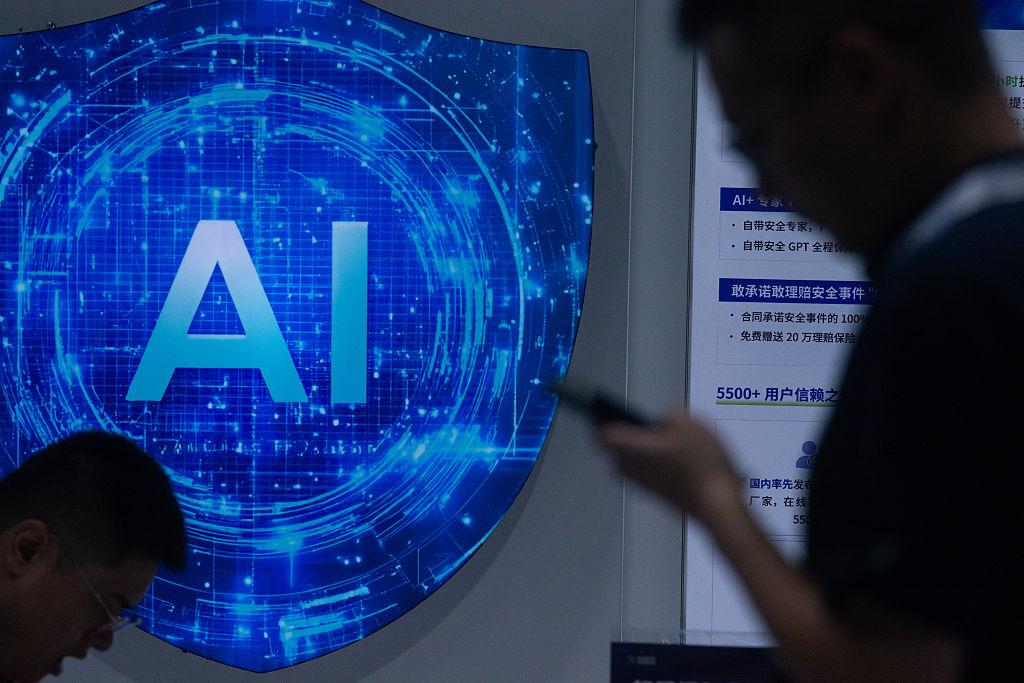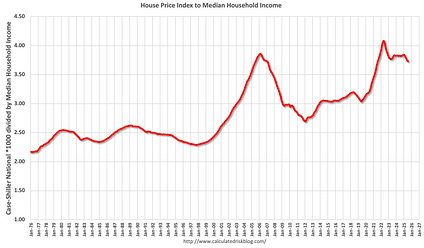Africa Builds Blockchain Infrastructure for Financial Inclusion – AInvest

Report on Blockchain Infrastructure Development in Africa and its Alignment with Sustainable Development Goals (SDGs)
Introduction: A Strategic Focus on Foundational Technology
While Western markets exhibit significant interest in the speculative aspects of cryptocurrency, such as memecoins and exchange-traded funds (ETFs), African nations are strategically focusing on the development of robust blockchain infrastructure. This approach prioritizes real-world applications over speculative trading, leveraging decentralized technology to address persistent socio-economic challenges. The continent’s initiatives are closely aligned with several United Nations Sustainable Development Goals (SDGs), aiming to foster inclusive and sustainable development.
Advancing Financial Inclusion and Economic Growth
The deployment of blockchain technology is central to creating a more inclusive financial ecosystem, directly contributing to multiple SDGs.
- SDG 1 (No Poverty) & SDG 10 (Reduced Inequalities): Decentralized applications (dApps) are being developed to provide essential financial services to unbanked and underbanked populations. This includes peer-to-peer lending platforms and digital identity systems, which empower individuals by granting them access to the formal economy.
- SDG 8 (Decent Work and Economic Growth): By bypassing the inefficiencies of traditional banking, blockchain facilitates easier access to capital and markets for small and medium-sized enterprises (SMEs). This fosters entrepreneurship and stimulates local economic growth.
- SDG 9 (Industry, Innovation, and Infrastructure): Africa’s investment in the foundational layers of blockchain represents a significant step in building resilient, next-generation infrastructure capable of supporting sustainable economic development.
Enhancing Supply Chain Integrity and Responsible Production
Blockchain’s capacity for secure and transparent record-keeping is being applied to reform supply chain management, particularly in critical sectors like agriculture. This initiative supports goals related to food security and responsible consumption.
- End-to-End Traceability: The technology provides an immutable ledger for tracking goods from origin to consumer, which is crucial for verifying the authenticity and quality of products.
- Combating Fraud: In industries susceptible to counterfeit goods and fraudulent practices, blockchain enhances integrity, builds consumer trust, and ensures economic stability.
- Contribution to SDGs:
- SDG 2 (Zero Hunger): Improves the efficiency and reliability of agricultural supply chains.
- SDG 12 (Responsible Consumption and Production): Ensures transparency and accountability in production cycles.
Strengthening Governance and Public Institutions
The potential of blockchain to improve transparency and security is being explored to enhance governance and strengthen institutional frameworks, in line with SDG 16 (Peace, Justice, and Strong Institutions).
- Transparent Electoral Processes: Blockchain-based voting systems can reduce the risk of manipulation and fraud, ensuring that election outcomes are fair and verifiable.
- Secure Land Titling: The technology can create immutable records of land ownership, which helps prevent disputes, protect property rights, and provide legal security to citizens.
Conclusion: A Pragmatic Path to Sustainable Development
Africa’s pragmatic approach to blockchain technology underscores a commitment to leveraging innovation for tangible development outcomes. By focusing on foundational applications in finance, supply chain, and governance, the continent is not only building a resilient digital infrastructure but is also actively working towards achieving the Sustainable Development Goals. This strategic direction positions African nations at the forefront of using technology for inclusive growth and long-term economic stability.
Analysis of Sustainable Development Goals (SDGs) in the Article
1. Which SDGs are addressed or connected to the issues highlighted in the article?
The article highlights several issues and technological solutions that directly connect to the following Sustainable Development Goals (SDGs):
- SDG 8: Decent Work and Economic Growth: The article’s focus on financial inclusion, peer-to-peer lending, and enabling small businesses to access capital directly relates to fostering economic growth and creating productive employment.
- SDG 9: Industry, Innovation, and Infrastructure: The central theme of the article is Africa’s effort to build a “robust blockchain infrastructure” and develop “decentralized applications (dApps),” which is a core component of this goal.
- SDG 16: Peace, Justice, and Strong Institutions: The article explicitly mentions using blockchain to enhance governance, create “transparent voting mechanisms,” and secure land ownership records, which are key to building accountable and transparent institutions.
- SDG 12: Responsible Consumption and Production: The application of blockchain in supply chain management to ensure the “authenticity and quality of goods” and combat “counterfeit products” in sectors like agriculture aligns with promoting sustainable production patterns.
2. What specific targets under those SDGs can be identified based on the article’s content?
Based on the article’s content, several specific SDG targets can be identified:
SDG 8: Decent Work and Economic Growth
- Target 8.3: Promote development-oriented policies that support productive activities… and encourage the formalization and growth of micro-, small- and medium-sized enterprises, including through access to financial services. This is identified through the article’s statement on “enabling small businesses to access capital and markets more easily.”
- Target 8.10: Strengthen the capacity of domestic financial institutions to encourage and expand access to banking, insurance and financial services for all. This is directly addressed by the focus on developing dApps to “provide financial services to the unbanked and underbanked populations” and create “more inclusive financial ecosystems.”
SDG 9: Industry, Innovation, and Infrastructure
- Target 9.1: Develop quality, reliable, sustainable and resilient infrastructure… to support economic development and human well-being. The article’s main point about Africa “quietly building a robust blockchain infrastructure” directly supports this target.
- Target 9.3: Increase the access of small-scale industrial and other enterprises… to financial services, including affordable credit, and their integration into value chains and markets. This is shown by the mention of creating “peer-to-peer lending platforms” and helping small businesses access capital.
- Target 9.c: Significantly increase access to information and communications technology. The entire article is about leveraging a new technology (blockchain) to solve developmental challenges, which aligns with the spirit of this target.
SDG 16: Peace, Justice, and Strong Institutions
- Target 16.6: Develop effective, accountable and transparent institutions at all levels. This is identified through the discussion on using blockchain to “enhance governance and transparency.”
- Target 16.7: Ensure responsive, inclusive, participatory and representative decision-making at all levels. The mention of “blockchain-based voting systems” that “ensure that elections are conducted fairly and transparently” directly relates to this target.
- Target 1.4 (related to SDG 16’s institutional framework): Ensure that all men and women… have equal rights to economic resources, as well as… ownership and control over land. The article’s point on using blockchain to “create immutable records of land ownership, preventing disputes and ensuring that property rights are protected” is a direct application of this target.
SDG 12: Responsible Consumption and Production
- Target 12.a: Support developing countries to strengthen their scientific and technological capacity to move towards more sustainable patterns of consumption and production. The article describes how blockchain provides “end-to-end traceability” in supply chains, which is a technological capacity enhancement to ensure the “authenticity and quality of goods” and reduce fraud.
3. Are there any indicators mentioned or implied in the article that can be used to measure progress towards the identified targets?
The article does not mention official SDG indicators, but it implies several metrics that could be used to measure progress:
Implied Indicators for SDG 8 & 9
- Increase in financial inclusion: Progress could be measured by the number or proportion of previously “unbanked and underbanked populations” now accessing financial services through the new dApps.
- Access to capital for SMEs: The success of “peer-to-peer lending platforms” could be measured by the volume of loans disbursed to small businesses or the number of small businesses that gain access to capital.
Implied Indicators for SDG 16
- Election transparency and integrity: The implementation of “blockchain-based voting systems” implies a metric related to the reduction of electoral fraud or an increase in public trust in election outcomes.
- Security of land tenure: Progress could be measured by the number of land titles registered on the blockchain or a reduction in the number of “land ownership” disputes in areas where the system is implemented.
Implied Indicators for SDG 12
- Supply chain integrity: The effectiveness of blockchain in supply chains could be measured by a reduction in “counterfeit products and fraudulent practices” within specific industries like agriculture, which can be tracked via the blockchain’s “end-to-end traceability.”
4. Summary Table of SDGs, Targets, and Indicators
| SDGs | Targets | Indicators (Implied from Article) |
|---|---|---|
| SDG 8: Decent Work and Economic Growth |
|
|
| SDG 9: Industry, Innovation, and Infrastructure |
|
|
| SDG 12: Responsible Consumption and Production |
|
|
| SDG 16: Peace, Justice, and Strong Institutions |
|
|
Source: ainvest.com

What is Your Reaction?
 Like
0
Like
0
 Dislike
0
Dislike
0
 Love
0
Love
0
 Funny
0
Funny
0
 Angry
0
Angry
0
 Sad
0
Sad
0
 Wow
0
Wow
0














